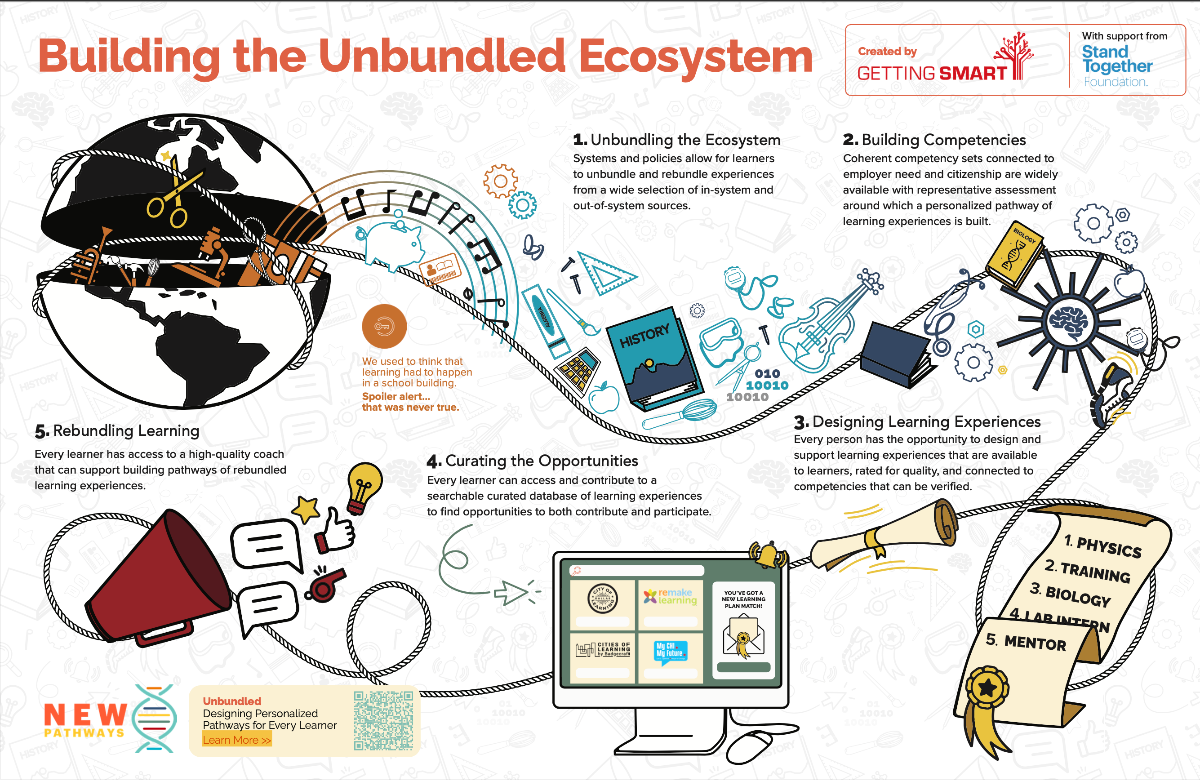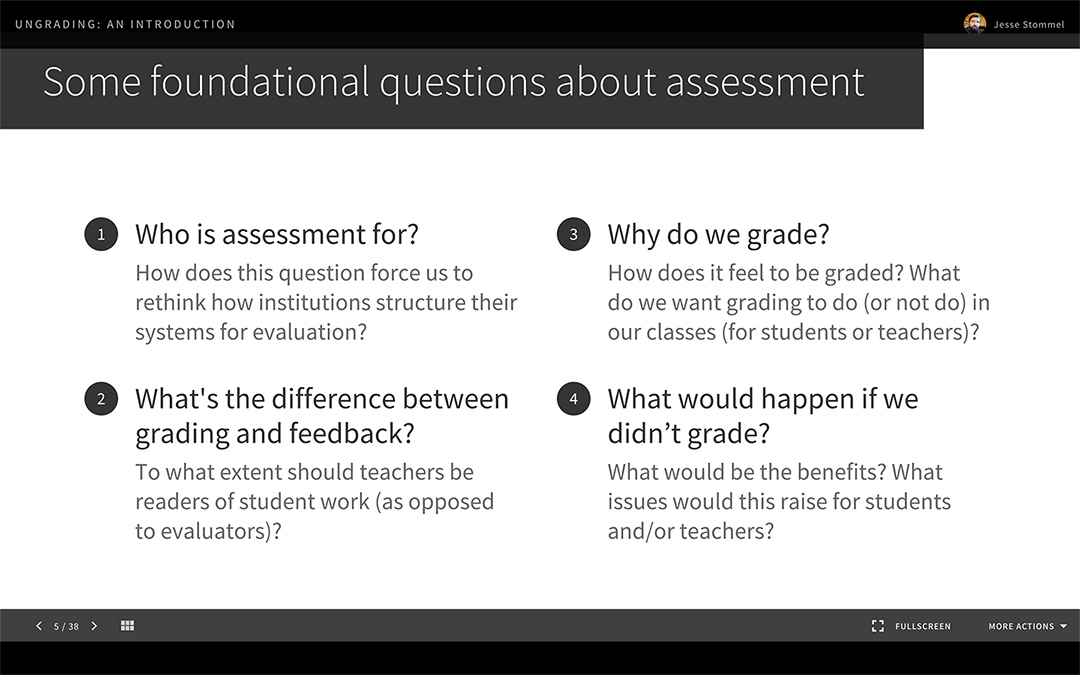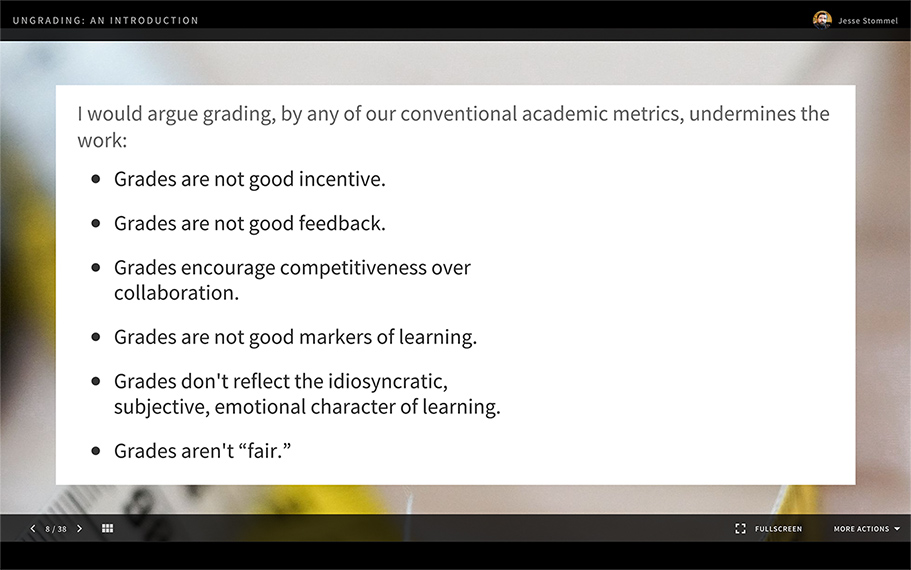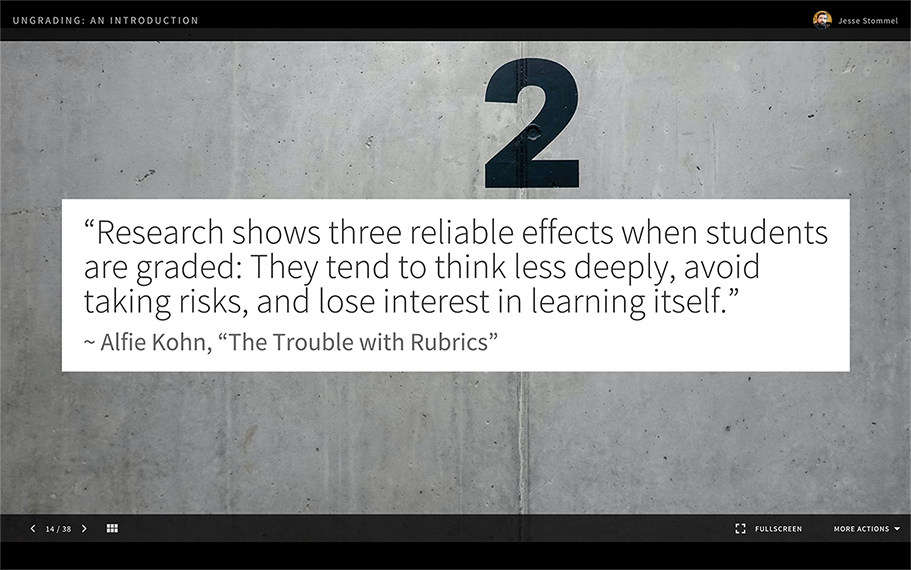A quick and sobering guide to cloning yourself — from oneusefulthing.substack.com by Professor Ethan Mollick
It took me a few minutes to create a fake me giving a fake lecture.
Excerpt:
I think a lot of people do not realize how rapidly the multiple strands of generative AI (audio, text, images, and video) are advancing, and what that means for the future.
With just a photograph and 60 seconds of audio, you can now create a deepfake of yourself in just a matter of minutes by combining a few cheap AI tools. I’ve tried it myself, and the results are mind-blowing, even if they’re not completely convincing. Just a few months ago, this was impossible. Now, it’s a reality.
To start, you should probably watch the short video of Virtual Me and Real Me giving the same talk about entrepreneurship. Nothing about the Virtual Me part of the video is real, even the script was completely AI-generated.
.
From DSC:
Also, I wanted to post the resource below just because I think it’s an excellent question!
If ChatGPT Can Disrupt Google In 2023, What About Your Company? — from forbes.com by Glenn Gow
Excerpts:
Board members and corporate execs don’t need AI to decode the lessons to be learned from this. The lessons should be loud and clear: If even the mighty Google can be potentially overthrown by AI disruption, you should be concerned about what this may mean for your company.
…
Professions that will be disrupted by generative AI include marketing, copywriting, illustration and design, sales, customer support, software coding, video editing, film-making, 3D modeling, architecture, engineering, gaming, music production, legal contracts, and even scientific research. Software applications will soon emerge that will make it easy and intuitive for anyone to use generative AI for those fields and more.
.

















